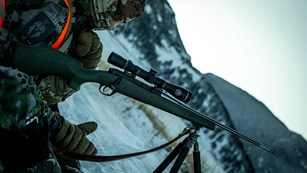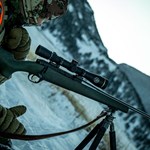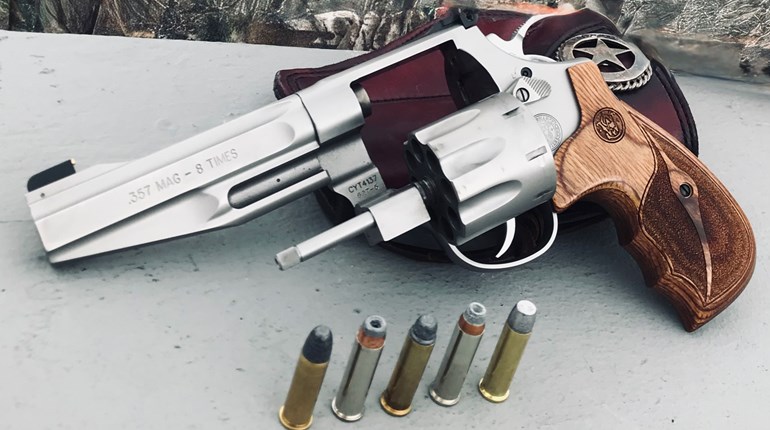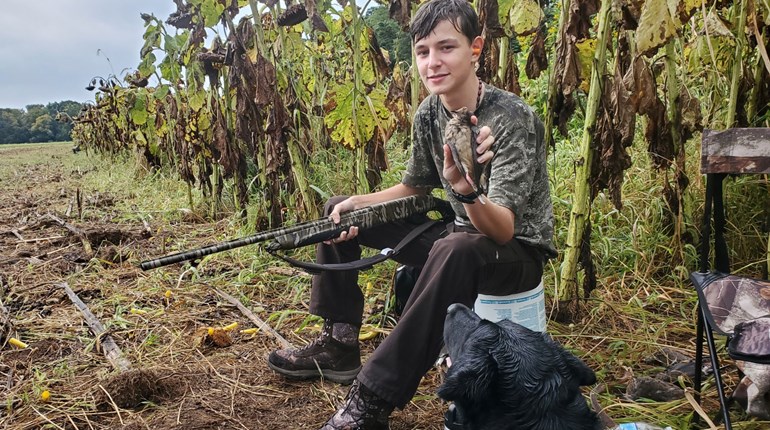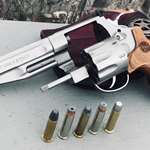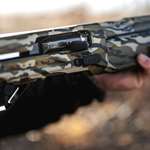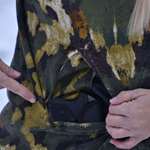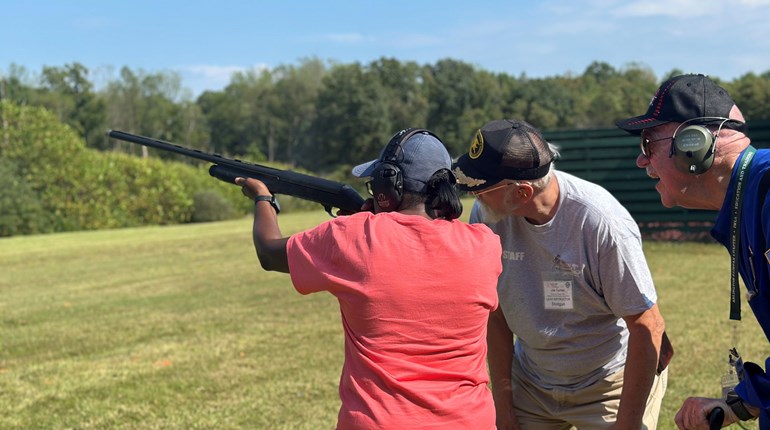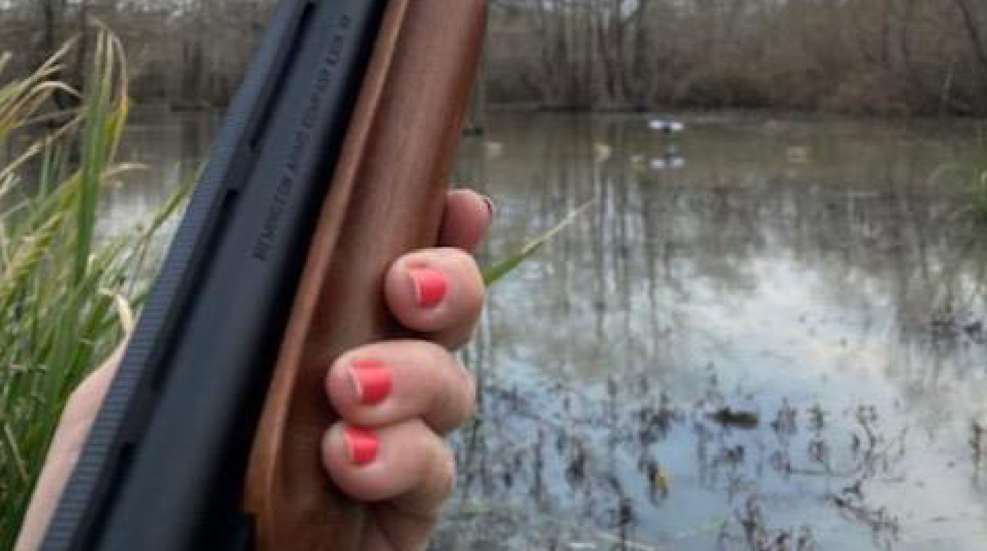
Dove season opened Sept. 1, 2024 for the North and Central zones—and the injuries are already stacking up. Although a percentage of these injuries can be attributed to firearm safety violations, there are four types of threats unique to the dove season opener: heat; insects; animals; and safety-rule violations.

Heat-Related Injuries
Heat-related injuries are the most common type of injuries during dove season because it is still relatively hot, even though summer is winding down. There are three heat-related illnesses of which anyone heading outdoors in the summertime should be aware. These are heat cramps, heat exhaustion, and heat stroke.
Hunters must take the heat as seriously as they do the cold. Heat-related threats can become life-threatening very quickly, especially in the south and southwestern United States. The chance of death in hotter climates is exponentially compounded when in high-humidity areas.
It is very important to stay hydrated and wear clothing that is made for activity in hot weather. A common mistake that hunters who succumb to heat make is wearing improper head coverings. The common ball cap may not be the best choice in very hot weather. Hats should be vented to allow heat to escape and should have a full brim that protects the face, ears, and neck. Some hats even have a long tail on the backside to give full protection to the neck and back of the head.
There are also modern fabrics that reflect heat and pull moisture away from the skin to evaporate to keep the garment dry. Many shirts are vented to let heat escape and keep the body cool. Today’s hunters also have available to them items such as cooling towels and bandanas, activated by soaking in water, that feel cool to the skin. There are even miniature rechargeable fans. These items can become life-saving devices if a hunter has these things at hand and uses them if he or she starts to feel ill due to the heat.
Insect-Related Injuries
Wasp and bee stings are very common during the hotter months. The dove season opener occurs while these painful insects are still patrolling the skies. There is an average of 74 people who die every year from hornets, wasps and bee stings. There is one variety of hornet, 23 varieties of wasps, and 4,000 varieties of bees native to the United States.
Stings from insects can cause death in people due to allergic reactions or infections. Individuals who have known allergic reactions to insect stings carry an EpiPen, which is used to counter an adverse reaction to an insect sting. Epinephrine is the same thing as adrenaline, which constricts the blood vessels to increase blood pressure. At the same time, it relaxes the muscles in the lungs to reduce wheezing. This improves breathing and increases the heart rate. Lastly, this reduces hives and swelling in the face and lips from the allergic reaction.
The best way to avoid hornet, wasp and bee stings is to avoid hornets, wasps and bees! While in the field look ahead for any type of swarming activity. Avoid hollow logs or standing trees with visible cavities. Also look at trees, cattle feeders, deer feeders or other things in the environment, whether manmade or natural, that have any oozing material—which could be honey. Additionally, be aware of any out-of-place orbs or football shape “nests” in trees, on the side of boulders, or suspended by limbs. This could indicate hornets or wasps are nearby.
Hornets, wasps and bees are very unpredictable. Even just your proximity to their nest could provoke a swarm to attack. Avoid throwing rocks or poking sticks at nests. Doing this will probably result in a well-deserved sting or multiple pokes!

Animal-Related Injuries
Reptiles can be a danger to both hunters and the dogs they use to retrieve game. Reptiles are cold-blooded animals, which means they are still very active through the month of September. There are four types of venomous snakes in the U.S.: rattlesnakes, copperheads, water moccasins and coral snakes. Of these venomous snakes there are 37 subspecies. Many hunters who hit the field in snake country wear snake boots, chaps and leggings. Unfortunately, many dogs do not have any protection from these slithery threats.
Alligators can pose a very dangerous threat during the warmer months in the southern United States. Hunting doves can be very productive around sources of water. The problem is that alligators enjoy these same water sources. Stock tanks that were alligator-free the day before might have a gator lurking undetected today beneath the surface. Any dog that enters the water or a hunter who wades out to collect their downed dove could end up on the business end of a toothy trespasser.
It is important if you hunt in gator country to be aware of the signs that an alligator could be present. It is also important to remember to never clean any game around any source of water that could contain an alligator. If you clean your game near the water source and throw the unwanted parts into the water or leave entrails or other discarded pieces on the bank, an unaware hunter could be feeding an apex predator that he or she was not aware of. That will keep an alligator in the area or at the stock tank instead of the gator moving on to other waters. It also teaches an alligator to associate people with food. That could lead to your favorite hunting dog ending up on the menu.

Safety-Rule-Related Injuries
According to the NRA’s Basic Rifle, Pistol, and Shotgun Courses, causes of firearm accidents occur because of two things: ignorance (lack of knowledge) and carelessness (poor or improper attitude). Ignorance leads to a violation of the rules for safe handling of guns. This in turn leads to violations of the proper and safe way to operate a firearm. Carelessness leads to failing to apply the rules for safe gun handling and failing to observe proper procedures for safely operating a firearm.
A common and dangerous situation is the carrying of two different gauges of shotshells. This usually occurs when a parent is helping their young hunter. This act of kindness can lead to a tragedy. While the parent is hunting doves with a 12-gauge shotgun, young hunters are often given a 20-gauge shotgun because of the reduced recoil. If the parent gets distracted, it is possible for them to accidentally load a 20-gauge shell into their shotgun chambered for 12-gauge shotshells. When this happens, the 20-gauge shell can slide down and lodge in the barrel. A quick glance into the breach would make the shooter think that the gun is unloaded, and that maybe he or she forgot to load a shell. This could lead to him or her placing a 12-gauge shell into the chamber. When the trigger is engaged, the result is a barrel obstruction that can lead to the barrel “exploding” which can lead to serious bodily injury or death.

A common safety rule violation injury occurs when a hunter swings out of his safe zone of fire when shooting at a passing dove. Hunters being accidentally shot by other hunters who discharge their shotgun out of their safe zone of fire during dove season is by far the most common hunting accident in states that have a dove season. Injuries of this nature are usually upper torso, head and neck being “peppered” by shot.
Another common accident occurs when the hunter does not unload his or her shotgun before returning to his vehicle. This accident happens when the hunter leans their loaded shotgun against their vehicle, and the firearm falls over. If the shotgun discharges when it hits the ground, injury is sustained to legs, ankles, and feet of anyone who may be in front of the muzzle.
Dove season is one of the most anticipated openers of the year. This is because it signals the start of all the other hunting seasons. The last thing you want is for the dove season opener to be associated with a tragedy. Hunting memories are precious and something that everyone appreciates when it’s that time of year again. Hunting is supposed to be fun and memorable. Be smart and hunt smart!








